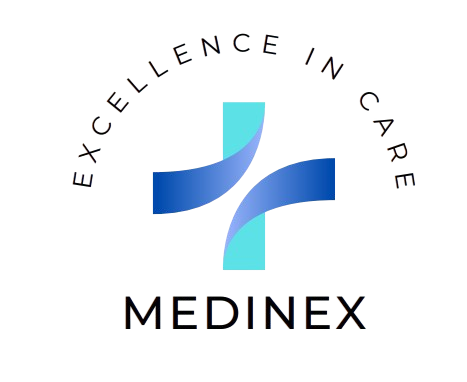Dental Care Sees Growth in Preventive and Cosmetic Services
The dental industry is also experiencing significant growth, with a shift toward preventive care and cosmetic procedures. As awareness of the importance of oral health rises, more patients are prioritizing regular dental visits and treatments that prevent long-term issues such as cavities, gum disease, and tooth loss. The American Dental Association (ADA) reports that preventive services like cleanings, sealants, and fluoride treatments have seen a steady increase in patient demand.
In addition to preventive care, cosmetic dentistry is becoming one of the fastest-growing segments of the industry. Procedures like teeth whitening, dental veneers, and clear aligners are gaining popularity as more people seek to enhance the aesthetics of their smiles. This trend is especially pronounced among younger adults, who are increasingly investing in cosmetic treatments as part of their self-care and wellness routines.
Technological advancements have played a significant role in the evolution of dental care. Innovations such as 3D printing, digital scanners, and CAD/CAM (computer-aided design and manufacturing) systems are allowing dentists to provide more precise and efficient treatments. For example, 3D-printed crowns and bridges can be customized and fabricated in a single visit, reducing patient wait times and improving overall care.
Despite the growth in patient demand and technological advancements, the dental industry is also facing workforce shortages, particularly for dental hygienists, dental assistants, and other support staff. This shortage has been exacerbated by the pandemic, which led many professionals to leave the field due to health risks or career changes. As a result, dental practices are finding it increasingly difficult to maintain optimal staffing levels, leading to longer wait times for patients and increased pressure on existing staff.
The ADA and other industry organizations are calling for greater investment in dental education and training programs to address these shortages and ensure that dental professionals are prepared to meet the evolving needs of their patients.





